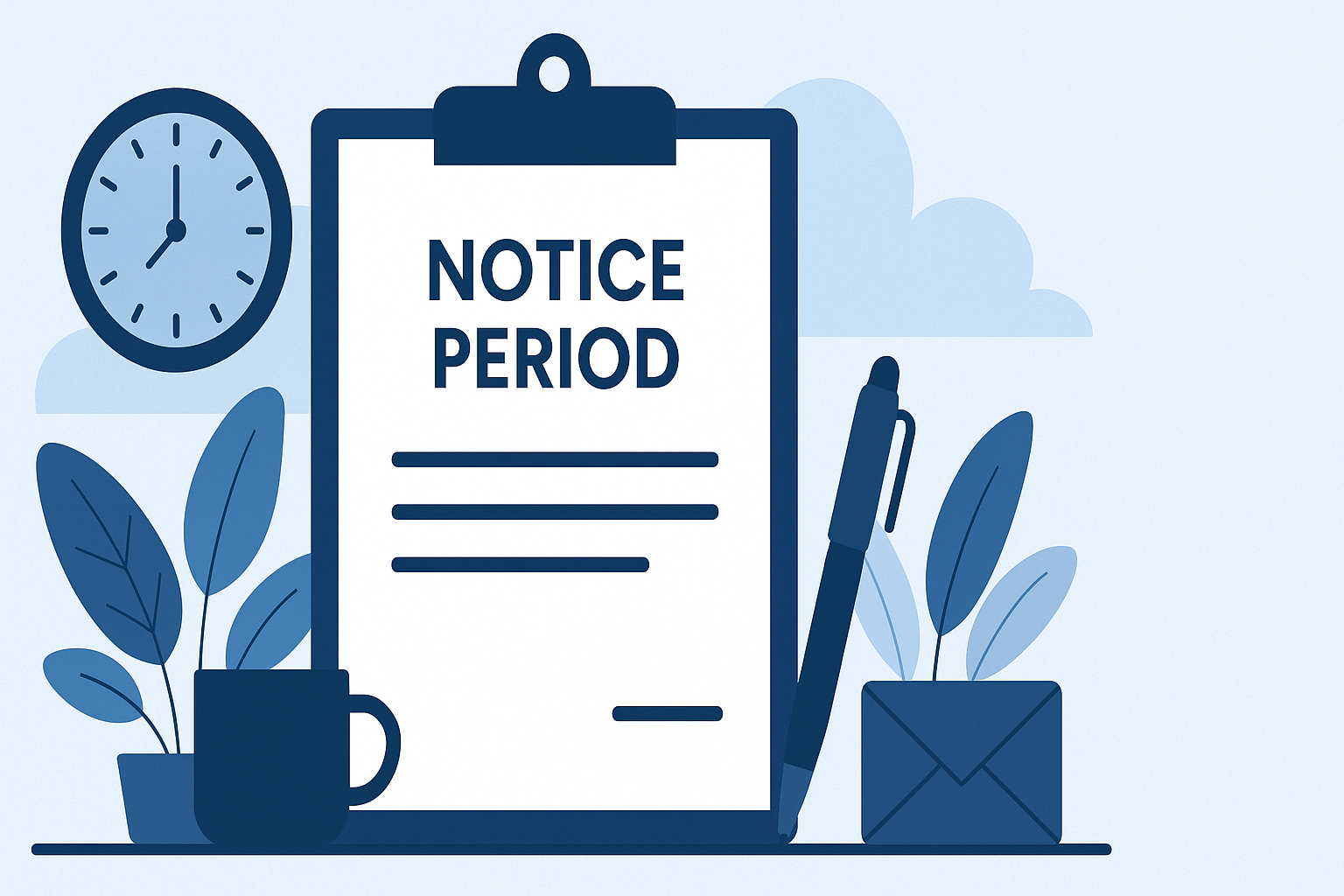Effective team coordination is essential for the success of any small business. When employees request leave or take time off, it can disrupt workflows, leading to clashing schedules, scheduling conflicts, or reduced productivity. One of the best ways to prevent these issues is by using shared leave calendars** for small businesses**. These tools allow everyone in the company to stay informed about upcoming absences, making it easier to coordinate projects and resources. In this post, we’ll explore how shared leave calendars can improve team coordination, reduce confusion, and keep your small business running smoothly.
The Importance of Team Coordination in Small Businesses
In small businesses, every employee plays a crucial role in daily operations. When one or more employees are out on leave, it can have a significant impact on the team’s ability to function efficiently. Availability preferences allow employees to input their individual availability and preferences when requesting shifts or meetings. Proper coordination ensures that everyone is aware of who’s in, who’s out, and how to adjust tasks accordingly. However, manual tracking of leave or using spreadsheets can lead to mistakes, double bookings, and miscommunication.
This is where shared leave calendars for small businesses come into play, providing a clear, real-time overview of employee availability that everyone on the team can access.
How Shared Leave Calendars Coordinate Schedules and Improve Team Coordination
1. Clear Visibility for Everyone
One of the primary benefits of a shared leave calendar is that it offers clear visibility into who is available and when, facilitating effective schedule coordination. Employees and managers can check the calendar at any time to see who has upcoming time off. This transparency ensures that team members can plan their work around others’ absences, avoiding scheduling conflicts or project delays.
For example, if multiple employees from the same department request leave during the same period, the shared calendar can flag this overlap early, allowing managers to adjust schedules or approve time off strategically.
2. Simplifies Project Planning
When team members are aware of each other’s planned leave dates, it becomes easier to plan projects and allocate resources. Using a project management app like Motion can further streamline this process by integrating scheduling with project management features. For small businesses where resources are limited, knowing when key employees will be unavailable helps prevent bottlenecks in projects.
By using a shared leave calendar, project managers can schedule tasks and assign responsibilities while taking into account who will be on leave. This ensures that projects continue to move forward, even when certain team members are out of the office.
3. Prevents Last-Minute Confusion
Last-minute surprises are the bane of team coordination. Efficiently handling meeting requests can also prevent such surprises by allowing users to set up various meeting types and share their availability. If someone suddenly realizes their colleague is on leave right before an important deadline, it can cause unnecessary stress and confusion. With shared leave calendars for small businesses, everyone knows well in advance who will be out and when, allowing teams to prepare and delegate tasks accordingly.
This advanced planning reduces the chances of last-minute scrambles to cover for someone who is unexpectedly out, helping maintain smooth operations.
4. Enhances Communication Across Departments
Small businesses often have team members wearing multiple hats, making inter-departmental communication essential. A shared leave calendar improves communication across departments by providing a central place where everyone can check availability and coordinate schedules. Whether it’s HR, project management, or a customer service team, all departments can easily view leave schedules and coordinate accordingly.
This is especially helpful when multiple departments rely on certain employees, as they can coordinate workloads and adjust responsibilities to maintain productivity across the company.
Helps Avoid Clashing Schedules
Overlapping leave can be a nightmare for small businesses, especially in crucial departments like sales, customer service, or operations. With a shared leave calendar, employees can see when their colleagues are planning to take time off, which helps them avoid requesting leave for the same period.
For managers, having a visual overview of leave schedules and shift schedules enables them to better balance leave approvals, ensuring there is always adequate coverage. This helps maintain business continuity and ensures that no department is understaffed during busy periods.
Choosing the Right Scheduling Tool
Selecting the right scheduling tool is crucial for enhancing team coordination and productivity. When evaluating options, it’s important to look for tools that offer comprehensive features such as scheduling meetings, managing schedules, and seamless integration with your existing software. These capabilities ensure that the tool can adapt to your team’s specific needs and streamline your scheduling processes.
– Features to Consider: Look for tools that offer scheduling meetings, manage schedules, and integrate with existing software.
– User-Friendly Interface: Ensure the tool is accessible and easy to use for all team members.
Managing Team Schedules
Effective management of team schedules is essential for keeping everyone on track with their responsibilities and deadlines. A reliable scheduling tool can simplify this process, making it easy to create and share team schedules, ensuring that all team members are informed and aligned.
– Create and Share Schedules: Easily create and distribute team schedules to keep everyone informed.
– Set Reminders and Notifications: Automate reminders for upcoming events and deadlines.
How ScheduleLeave’s Employee Scheduling App Can Benefit Your Small Business
At ScheduleLeave, we understand the unique challenges small businesses face when it comes to managing employee leave. Our platform also addresses employee scheduling by offering tools that streamline the scheduling process, including shift management and real-time updates. That’s why we’ve built a powerful shared leave calendar into our platform, designed specifically to improve team coordination and reduce confusion. Here’s how it can benefit your business:
– Real-Time Visibility: All approved and pending leave requests are instantly updated in a shared calendar, giving everyone real-time insight into who’s available.
– Customizable Views: Managers and employees can view the leave calendar in different formats—daily, weekly, or monthly—making it easier to plan ahead.
Automated Reminders and Notifications
– Integrated with Scheduling: Our calendar integrates seamlessly with your scheduling processes, ensuring you’re never caught off guard by staff absences.
– User-Friendly Interface: Both employees and managers can easily navigate the system, view their colleagues’ leave, and request time off in just a few clicks.
User-Friendly Interface
An employee scheduling app with a user-friendly interface is crucial for ensuring that both managers and employees can easily navigate and utilize the system. The intuitive design allows for quick access to essential features such as shift swapping, automated scheduling, and real-time updates. This not only improves communication between managers and employees but also enhances productivity and reduces labor costs.
Conclusion: Boost Team Coordination with Shared Leave Calendars
For small businesses, managing leave and ensuring proper team coordination can be a challenge. But with the help of shared leave calendars for small businesses, your team can stay on the same page and avoid the common pitfalls of leave mismanagement.
By implementing ScheduleLeave’s shared leave calendar, your small business will benefit from improved transparency, smoother project planning, and reduced scheduling conflicts, helping you operate more efficiently and keep everyone in sync.
Ready to improve team coordination at your small business? Try ScheduleLeave’s free 30-day trial and discover how our shared leave calendar, including a free basic plan, can make managing time off easier and more effective than ever before.




